|
A trend that we are seeing develop in many industries, especially in the medical implant device manufacturing sector, is a rise in the number of parts being manufactured from plastics such as Peek. Polyether ether ketone (PEEK) is a colourless organic thermoplastic polymer in the polyaryletherketone (PAEK) family. It was originally introduced by Victrex PLC, then Imperial Chemical Industries in the early 1980s. Its important to note that PEEK is a thermoplastic. This polymer is capable of being repeatedly softened by an increase in temperature. Increasing the temperature leads to a physical change. That's why cutting tool pressure and heat will impact surface finish and tool life. The medical industry has found medical-grade PEEK offers excellent strength, wear resistance and biocompatibility for components such as the dental healing caps, spiked washers and spinal implants. PEEK polymer is available in two basic grades: industrial and medical: "Industrial-grade PEEK is a strong thermoplastic that retains its mechanical properties even at elevated temperatures. The flame-retardant material is abrasion resistant, has high impact strength and a low coefficient of friction. Industrial-grade PEEK components are used in the aerospace, automotive, chemical, electronics, petroleum, and food and beverage industries. Medical-grade PEEK possesses those same physical properties in addition to biocompatibility, high chemical resistance and compatibility with several different sterilization methods. It is also naturally radiotranslucent when viewed using X-ray, MRI or computer tomography (CT). Medical-grade PEEK provides doctors with an unobstructed view of tissue and bone growth around the PEEK implant during the healing process. Some implantable-grade PEEK polymers have a bone-like stiffness and can remain in contact with blood or tissue indefinitely." There is also a glass and carbon-fiber-reinforced PEEK, which offer high wear resistance for components such as articulating joints and tends to wear out inserts rather quickly. Peek parts are generally very small, ranging from 0.039" to 0.250" in diameter, which adds to the complexity of machining the non-ferrous materials. Because of the thermoplastic properties, too much heat at the cutting edge results in Built Up Edge (BUE) and tool pressure affects part tolerance. That where NTK's KM1 grade insert work great. The inserts are extremely up-sharp edge and the mirror insert surface creates excellent surface finishes.
Things to Remember when Cutting Peek
Keys to Succesfull Machining of Peek1. Limiting Heat Build-up – The softening or melting temperatures of engineering plastics are roughly 1/10th those of metals. 2. Melting or Scorching– The thermal conductivity of plastics is low relative to metals. Most of the heat generated by machining will stay at the surface. Temperatures at the surface can rinse unexpectedly high. 3. Loss of Tolerance – If the overall temperature of the stock changes during or after machining, expansion or contraction can cause the part to fall out of tolerance. Softening of the stock can allow it to deflect at the surface under the pressure of the cutting tool. When the pressure is removed, the stock will recover and fall out of tolerance. This can frequently be managed by using lubricants and changing tooling or speed. 4. Controlling Deflection – Plastics inherently vary in their stiffness (modulus) and are more elastic at higher temperatures. The entire stock can deflect under the pressure of cutting. Proper tooling and support remains important and particular attention should be given to adequately supporting the work. Additional Resources:
4 Comments
NTK Cutting Tools USA launched its first Webinar on 30th January, 2018. The featured presenter is Steve Easterday, NTK's Swiss Product Manager. The topic focuses on chips created during Swiss machining operations and the mainstream concept which is that breaking the chip is important. But is this accurate? NTK has a different concept of Chip Control. The topics covered in the video below include:
How do you break a chip?There are a few different ways to break a chip. Many people tend to think that the best methods of breaking chips in swiss machines are through the use of chip breakers on the inserts, slowing down the speed, increasing the feed, taking a bigger depth of cut and through the use of high pressure coolant. Each one of these, or some combination of them is certainly what is commonly used to gain chip control. Typically the solution is to reduce the SFM, increase the Feed Rate and increase the Depth of Cut.... but that can lead to workpiece deflection and lower production rates. NTK believes that CONTROLLING the Chips is more important than BREAKING the chips. NTK does this by doing two things:
NTK creates a "softer" chip because there is much less heat transferred to the workpiece AND the chips. The translates into better part quality, longer tool life and much more stable machining. Check out the video below for all the details on chip breakers and their toolholder solutions. We are very excited to announce that we are now able to offer on-site technical training to YOUR machinists at YOUR location! This is offered at no charge to customers who use any of the manufacturer's whom we represent in California and Nevada. However, just because you don't purchase things from us, don't feel left out! We also offer on-site topic specter training on any of the following topics for $150/hour. Each presentation lasts about 2 hours. The presentations last approximately 45-60 minutes with the remaining time for Q&A and discussion about unique applications in your facility.  Training Classes Available: Machining 101
Advanced Part Manufacturing:
Matt Saccomanno, the inventor of the Microconic Workholding system discussed how it works at IMTS 2016. Masa Tool has developed the Microconic™ system specifically for holding workpieces from Ø0.15mm to 10mm (Ø0.006" to 0.390") in any machine that has a collet-type chuck. The system consists of two major components: The Microconic™ cartridge, which fits into your CNC machine spindle replacing the standard 5C, TF20 or TF25 collets, and the Microconic™ collet, which fits in the Microconic™ cartridge. The Microconic™ system has unsurpassed concentricity: Our manufacturing tolerance is 3µm (.0001") and we guarantee our cartridges to be within 5µm (0.0002") in production use in your machine. The Microconic™ system works with either draw-type or push-type standard collet systems that are in any machine. The Over-grip collet capabilities of Masa Microconic™ System, introduces a whole new world of time saving opportunities awaiting. Our Overgrip Collets open up to 4mm (0.157") diameter larger than the clamping diameter. |
Technical Support BlogAt Next Generation Tool we often run into many of the same technical questions from different customers. This section should answer many of your most common questions.
We set up this special blog for the most commonly asked questions and machinist data tables for your easy reference. If you've got a question that's not answered here, then just send us a quick note via email or reach one of us on our CONTACTS page here on the website. AuthorshipOur technical section is written by several different people. Sometimes, it's from our team here at Next Generation Tooling & at other times it's by one of the innovative manufacturer's we represent in California and Nevada. Archives
July 2024
Categories
All
|
About
|
© 2024 Next Generation Tooling, LLC.
All Rights Reserved Created by Rapid Production Marketing
|

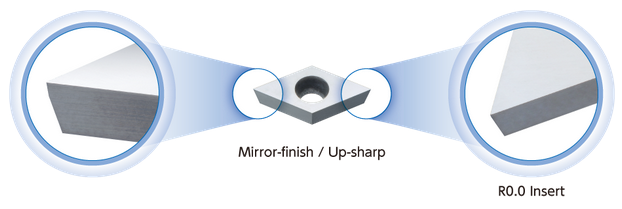
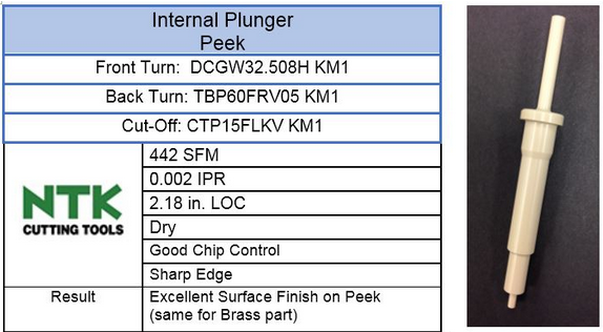
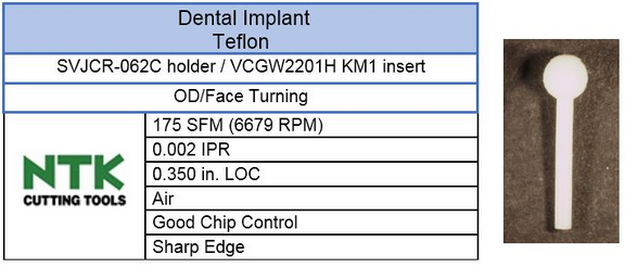
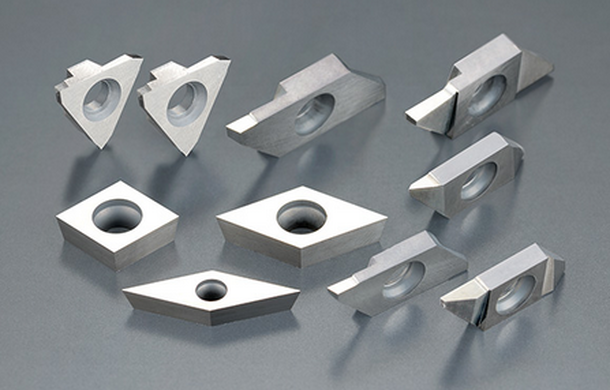
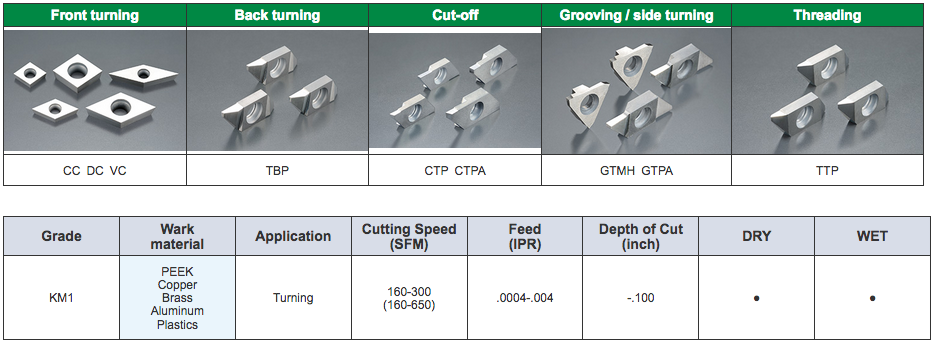
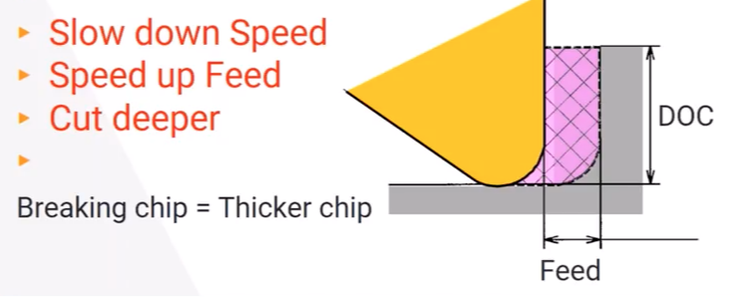
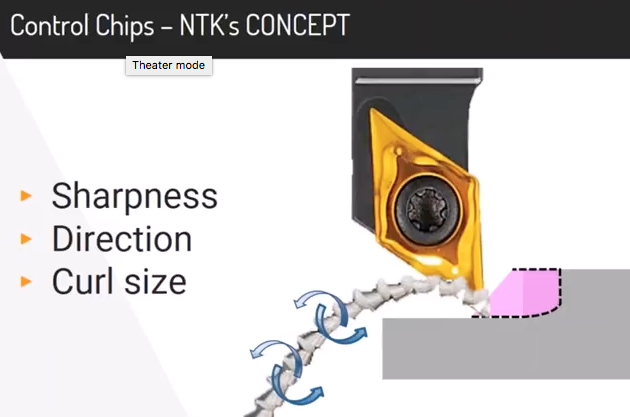
 RSS Feed
RSS Feed
